Prospect.4 opens Nov. 18 with empowering theme, international art
Renowned Jazz saxophonist Archie Shepp once described jazz as “a symbol of the triumph of the human spirit, not its degradation. It is a lily in spite of the swamp.” Today, the fourth rendition of the biennial art exhibition, Prospect.4, captures Shepp’s spirit, with an installment titled “The Lotus in Spite of the Swamp.”
The citywide exhibition is set to open Nov. 18 and run through Feb. 25, 2018, showcasing art from more than 70 artists worldwide at 17 satellite locations around New Orleans, including the Contemporary Arts Center and the Ogden Museum of Southern Art.
Prospect.4 Artistic Director Trevor Schoonmaker said he chose to reference Shepp’s quote in the 2017-18 theme because he thought it was the perfect metaphor for the purpose of the show. Art strives to bring neglected issues to the forefront of the conversation, much like the “lily in spite of the swamp.”
According to Schoonmaker, however, the lily was switched out for a lotus in Prospect.4 because “both lotuses and lilies do live in Louisiana, but the lotus is a little bit more international and historic in its reach in that the lotus is a symbol of spiritual enlightenment in Buddhism and Hinduism.”
In fact, the Prospect.4 exhibit description says, “lotus suggests the possibility of overcoming arduous challenges. It reminds us that, from the depths of difficulty and desolation, art brings the invisible to light.”
Despite having a global focus, the biennial exhibition concentrates on the city of New Orleans, with much of the show navigating the relationships between the South and the rest of America, as well as the rest of the world.
Though there is no specific ratio or quota of New Orleans-based and non-local art, Schoonmaker said there is a healthy balance of both. Such a balance, he hopes, will spark conversations between artists and visitors of all backgrounds.
“Artists can’t solve anyone’s issues, but they can bring them up and make them a part of the discussion and the dialogue, and that in and of itself can be quite helpful,” Schoonmaker said.
In the years leading up to The Lotus in the Swamp, Schoonmaker expressed his interest in integrating one of the most unifying works of humanity – music – into the biennial. But rather than bring a band or passively incorporate music into the exhibition, he searched for artists who use music in their pieces in less conventional ways.
“What I was wary of in a place like New Orleans is [bringing] music to New Orleans. New Orleans doesn’t really need any music brought to it, so it was moreso finding artists who engage music in some way.”
Israeli artist Naama Tsabar, for instance, merges music into her artwork by turning her felt “paintings” into string instruments. What is initially a visual art transforms into a performance art, and essentially music.
“I try to find those ways, that are clearly visual art and performance art, and not just engaged music,” Tsabar said.
Along with Tsabar, highlighted artists like Margarita Cabrera, Wilson Diaz and Dave Muller successfully incorporate music into their work. Muller, specifically, has even integrated the recent passing of New Orleans-born music legend Fats Domino and other local music references into his featured mural at the Contemporary Arts Center.
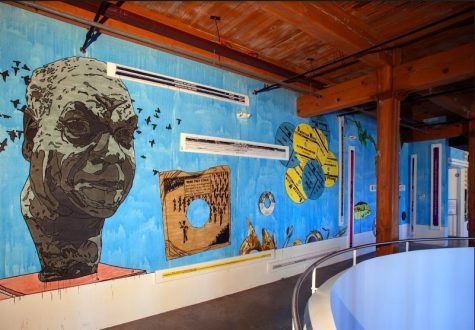
Mural by Dave Muller will be available to view at the Contemporary Arts Center starting Nov. 18.
Having only been launched in 2008 by Dan Cameron, Prospect.4 is a relatively young exhibition. But in its youth lie the elements of possibility and growth.
Schoonmaker said he believes one of the major assets of Prospect.4 is its location, deeply involving and grounded in the city of New Orleans. There are countless biennials around the world, which can make it difficult to differentiate one from another. But those that embrace their locations tend to stand out far more.
“The people who drop in for the opening weekend from the art world will see it for three days,” Schoonmaker said. “But you all get to live with it for three months, so there’s a totally different level of engagement and connection [with the art and the city].”
The intersection between the art and the city is actually a part of what makes Prospect.4 such a relevant exhibition. It addresses current social justice issues such as racial inequity, political turmoil and more, issues that are pertinent not only in New Orleans or in the U.S., but across the world.
“There’s great inequity between communities,” Schoonmaker said. “Those are issues that connect, let’s say, New Orleans and the American South to the Global South … How do we address this power dynamic and this inequity? And New Orleans is right in the middle of it. It’s right on the axis.”
Your donation will support the student journalists of Tulane University. Your contribution will allow us to purchase equipment and cover our annual website hosting costs.



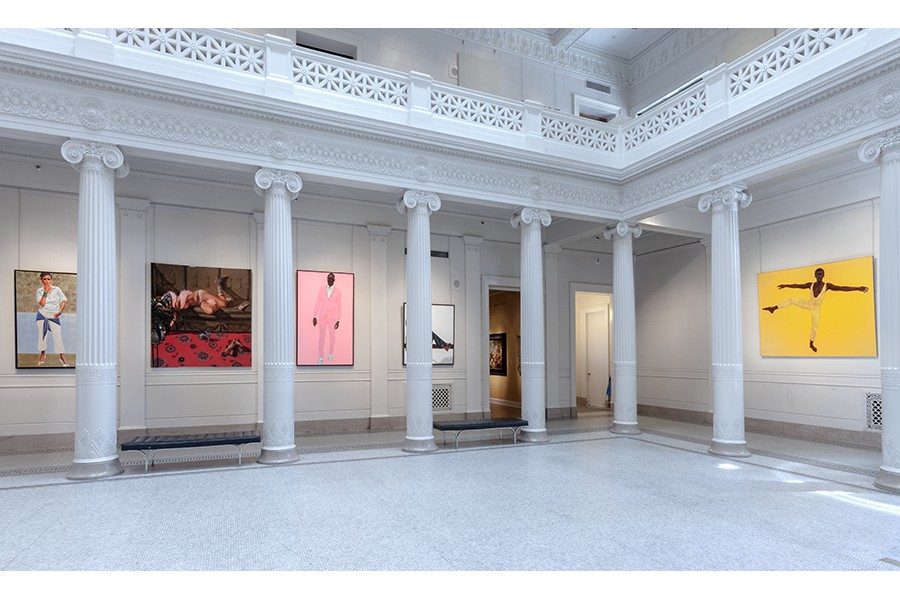
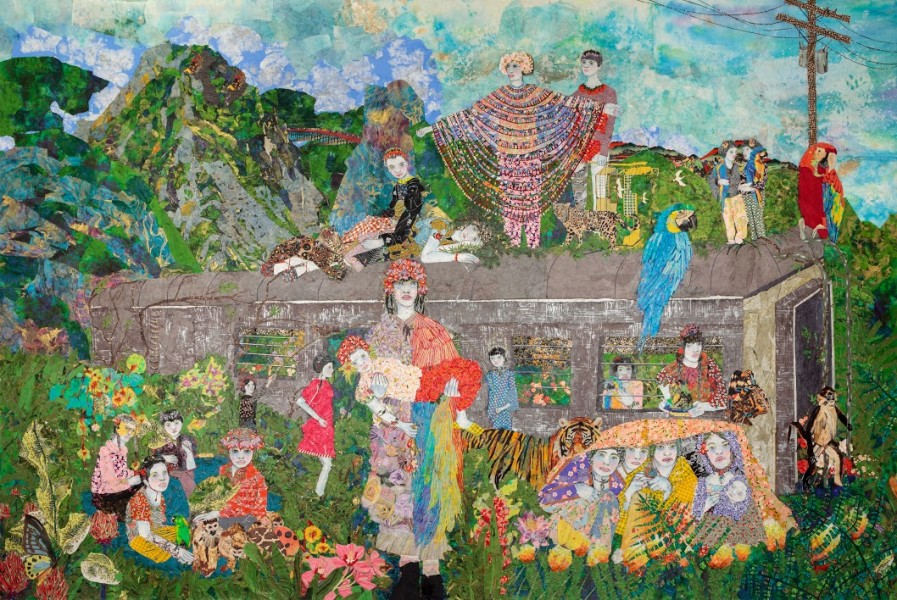
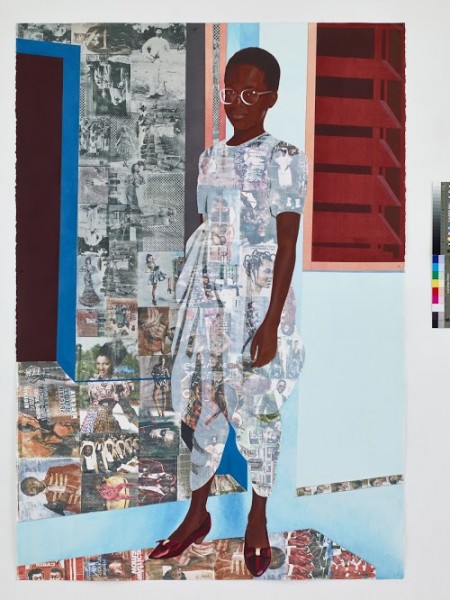
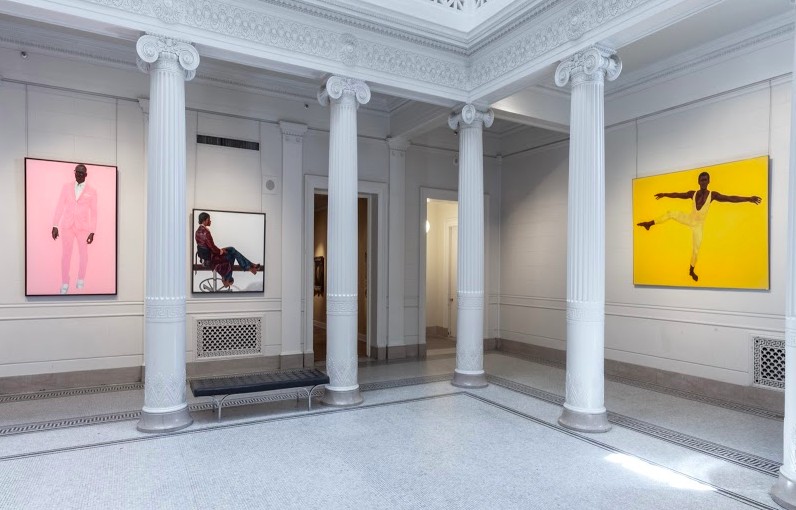
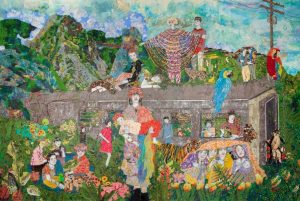
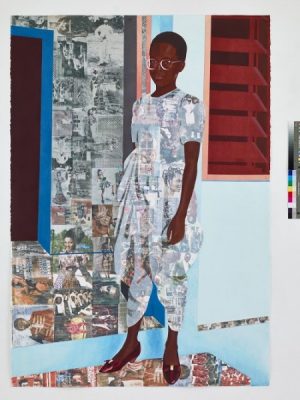
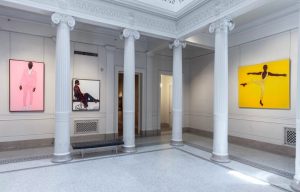
Leave a Comment